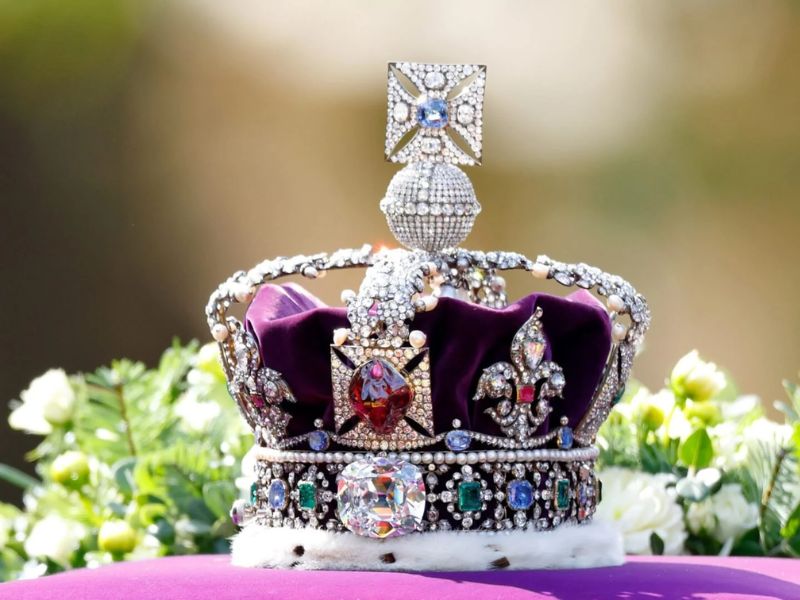
The Black Prince’s “Ruby”: One of History’s Greatest Gemstone Mysteries
Share
When it comes to royal jewels, one would assume that mistakes are impossible. Yet history is full of surprises, and one of the most famous gemstone mix-ups of all time is the Black Prince’s Ruby—a legendary red gem that has adorned the British Crown Jewels for centuries. The twist? It’s not a ruby at all.
A Case of Mistaken Identity
For centuries, the Black Prince’s Ruby was thought to be one of the largest and most valuable rubies in existence. However, modern gemological testing has revealed the truth—it is not a ruby, but a spinel.
The confusion is understandable. Both rubies and spinels share a vibrant red hue, and ancient jewelers, lacking modern tools, relied solely on color to classify gemstones. Since spinel and ruby often formed in the same deposits, it was natural to mistake one for the other.
Why This Wasn’t a Mistake—But a Discovery
Rather than diminishing its value, this revelation elevated spinel’s status in the world of fine gems. Spinel is a rare, highly sought-after gemstone with a brilliant luster, excellent hardness (8 on the Mohs scale), and a rich history.
Some of the world’s most famous “rubies” have turned out to be spinels, including the Timur Ruby and other royal treasures. In fact, fine spinel is rarer than ruby, yet for centuries, it remained overshadowed due to this historical misclassification.
Does This Diminish Its Royal Status?
Absolutely not. If anything, it adds to its intrigue and mystique. The Black Prince’s Ruby, whether spinel or not, remains one of the most historically significant and prized gemstones in royal history. Its deep red glow and remarkable clarity continue to captivate, proving that a gem’s true value lies not only in its chemical composition but in its beauty and legacy.
My Take on Gemology
The more I study gemstones, the more I realize that chemical composition and rarity matter—but not always. Sometimes, the pure aesthetic beauty of a stone is enough to make it extraordinary.
Spinel is not a “mistaken identity” gemstone—it is a gemstone in its own right, a true testament to the fascinating and often misunderstood world of minerals. Its journey from historical misclassification to a sought-after collector’s gem proves that perceptions change—but true beauty remains eternal.
Would you choose a spinel over a ruby? Let’s discuss!

Olga Bachurina,
Co-Founder of Venus in Libra,
Certified by GIA & Gübelin Academy



